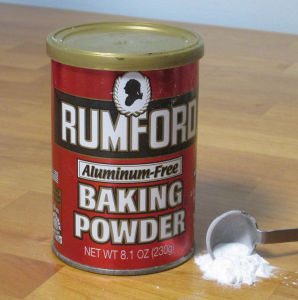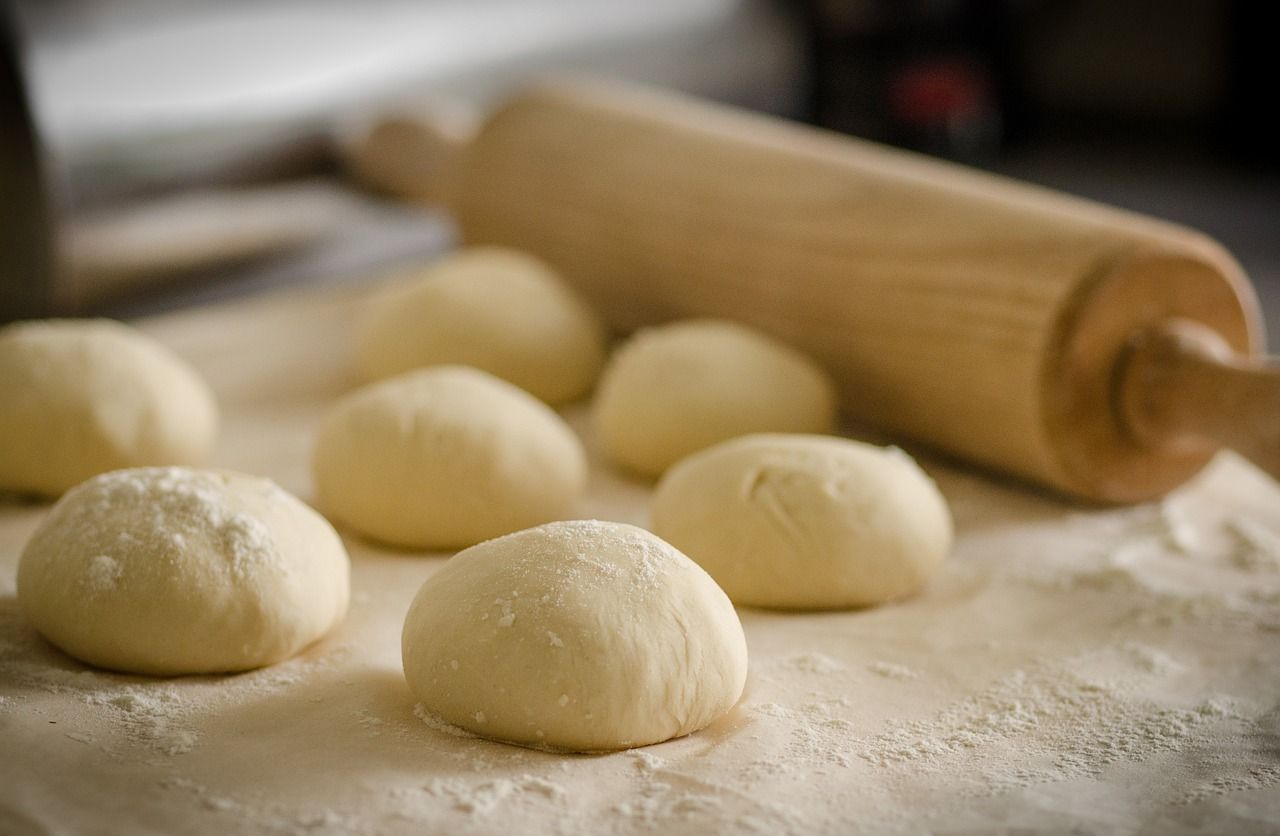
Have you ever made dough with yeast and baking powder?
Bread is one of the staples of life. Some translations of the Bible read, “Give us this day our daily bread.” Most bread is leavened bread. Leavening refers to an ingredient or ingredients designed to raise and lighten bread, through the incorporation of tiny gas bubbles throughout the dough.
Dough rises through two mechanisms, employing yeast and baking powder. The first is a biological process, the second is a chemical process. Either procedure results in a delicious, decidedly edible product.

Yeast Rolls
Yeast rolls and other breads are raised by means of microscopic animals called yeast. Yeast combines oxygen from the air with carbohydrates such as glucose sugar to produce carbon dioxide gas, water vapor, and energy (which yeast utilizes for its life processes). The reaction for glucose (C6H12O6) is,
C6H12O6 + 6 O2 + Yeast → 6 CO2 + 6 H2O + Energy
Baking Powder Biscuits
Although baking powders vary in composition, the general reaction is simplistic — an acid, base reaction. The base is often sodium bicarbonate. The acid can include more than one compound, but a suitable example is that of calcium monophosphate. The reaction in that instance is,
14 NaHCO3 + 5 Ca(H2PO4)2•H2O → 14 CO2 + Ca5(PO4)3OH + 7 Na2HPO4 + 18 H2O
Again, CO2 forms bubbles in the dough, lightening it and causing it to rise. We enjoy both yeast rolls and baking powder biscuits.
No Yeast and Baking Powder
In fact, the unleavened bread of Bible times was identified as the “bread of affliction.” It was used to symbolize the body of the Christ, which was perfect, whereas the including of a leavening agent symbolized the presence of sin, something not present in the body of the Christ.
Note: You might also enjoy Alcohol is Yeast Urine

That’s an interesting comment at the end, I never knew why unleavened bread was used.